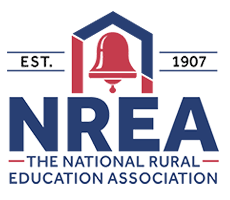Abstract
Since the 2016 U.S. presidential election, increasing attention has been paid to rural communities. For our study, we used a multicase study approach that included five states to study the difference between the rhetoric about the need to focus more attention on rural communities soon after the 2016 election and the practiced reality of state conditions (e.g., policies, practices, constraints) changing to support postsecondary education outcomes (e.g., enrollment, retention, and graduation) for rural students between 2017 and 2021. We collected and analyzed two forms of data for our study, legislative records and newspaper articles. We noted inequitable funding for rural K–12 education in several states. While some state policymakers responded to these inequities, their responses raised questions about the unintended consequences for some of the decisions. In addition, we found state policymakers and leaders have placed increased attention on postsecondary education enrollment and affordability, but we found limited evidence that attention was paid to rural students and rural-serving higher education institutions and to postsecondary education retention and graduation for rural students.
Creative Commons License

This work is licensed under a Creative Commons Attribution 4.0 International License.
Recommended Citation
Means, D. R.,
Willis, J. F.,
Getfield, K.,
Golden, D.,
Henriott, B.,
Lee, B.,
Medina, A.,
Reilley, H.,
Tunstall, L. K.,
&
Zhou, Y.
(2024).
Rhetoric or Change? The Role of State Policies and Conditions in Shaping Postsecondary Education Access and Success for Rural Students.
The Rural Educator, 45(3), 1-14.
https://doi.org/10.55533/2643-9662.1462



